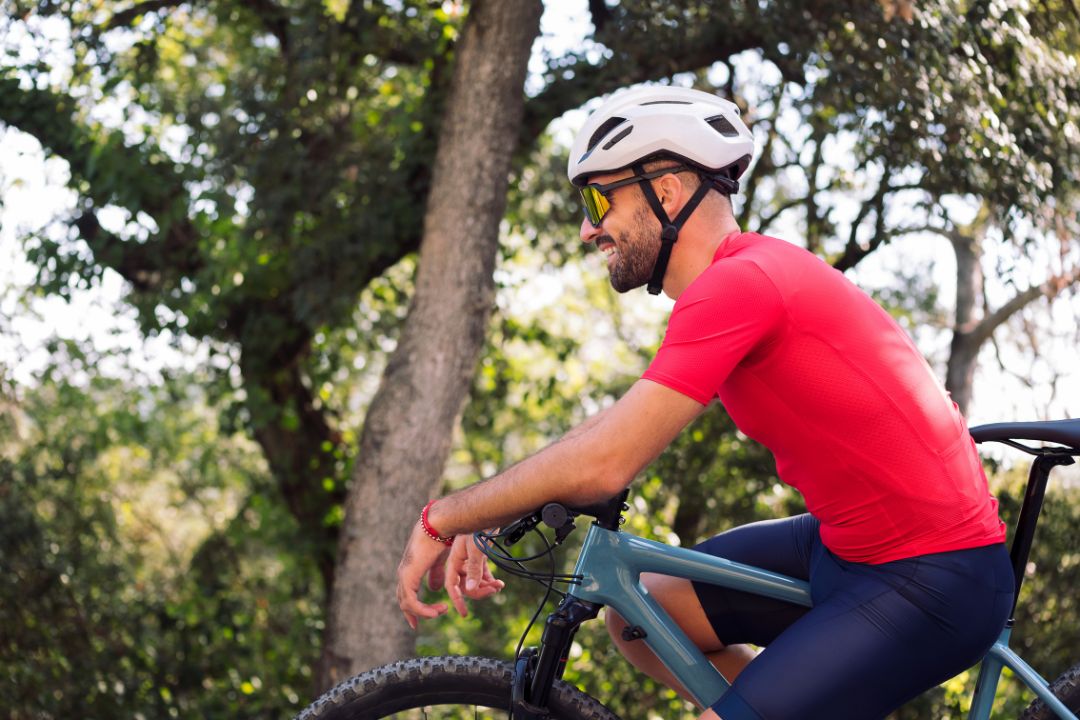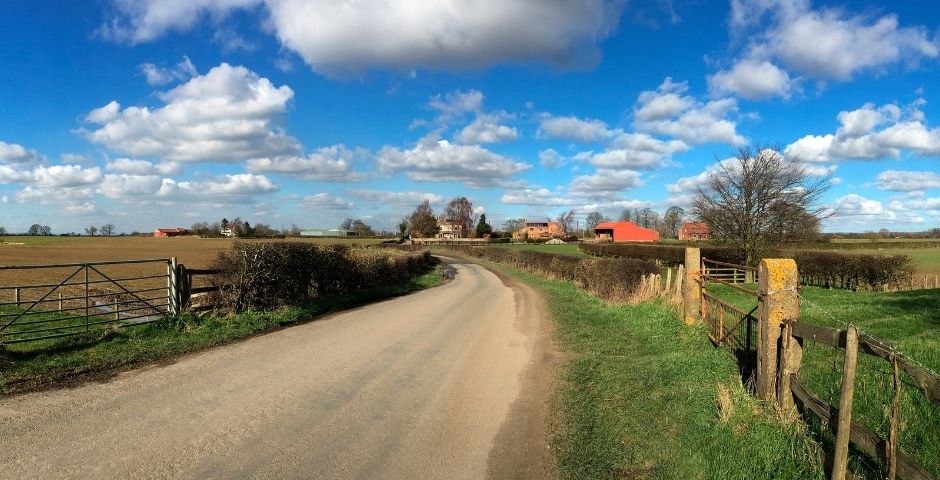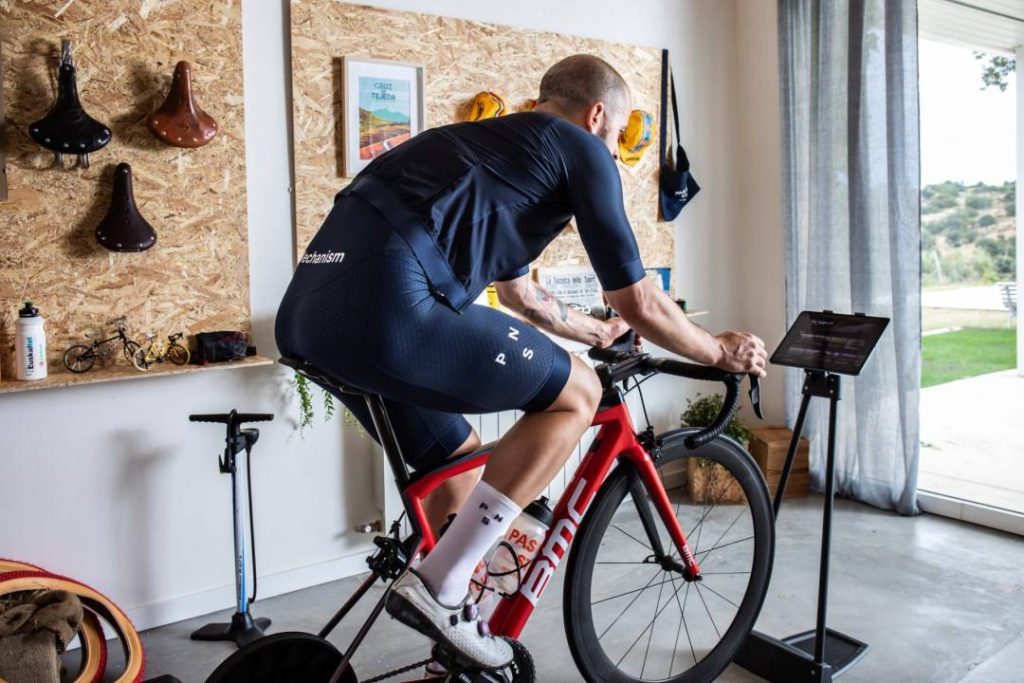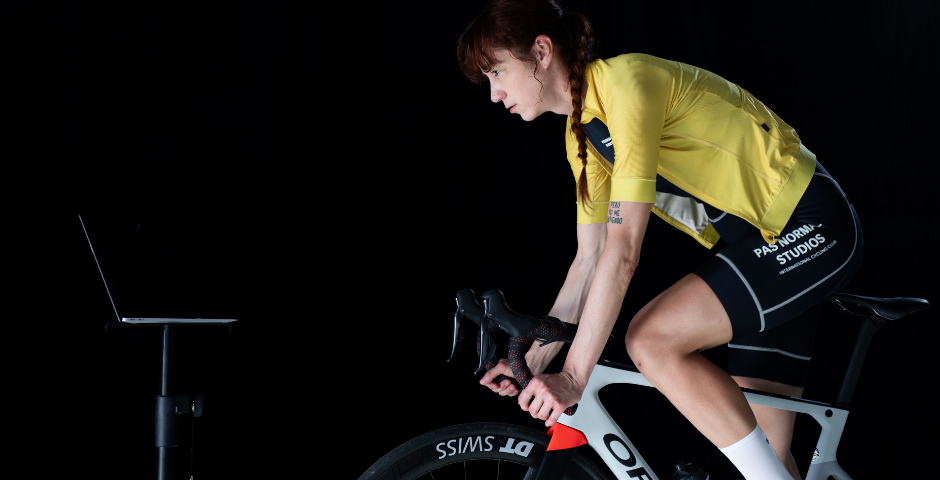Cycling, in its purest and most competitive expression, is not just a matter of legs. Sure, strength, endurance, and technique are crucial. But in a sport where differences are often measured in seconds, aerodynamics stands as a decisive factor in road cycling. The body’s resistance against the air and how cyclists seek to minimise it immerses us in a world where science and sport intertwine.
History of aerodynamics in cycling
Going back to the earliest competitions, differences in speed and equipment were palpable compared to today. The way air influenced the cyclist’s speed was not considered, and the design of bicycles and attire were primarily utilitarian and aesthetic. But over time, cycling and science merged. This union gave way to the era of aerodynamics, where every detail is scrutinised in search of efficiency.
Importance of aerodynamics in cycling
When cycling fans sit down to enjoy a race, their eyes are dazzled by the spectacle of the peloton moving as a single entity. The landscape gliding by, the athletically sculpted cyclists, fighting against every kilometre of the route…
What may go unnoticed to many is the invisible, but omnipresent, antagonist that every cyclist faces: the air. Aerodynamics in road cycling is not just a topic for technical discussion. It is a crucial issue and a constant factor that affects every pedal stroke, every sprint, and every strategy in play.
You must understand aerodynamic principles
Let’s talk about science for a moment about aerodynamics in road cycling. Aerodynamic drag, the friction that air imposes on the cyclist and their bicycle, increases exponentially as speed increases. That is, the faster the cyclist moves, the greater the resistance they will face, requiring additional effort to maintain or increase that speed. Here, aerodynamic principles become a central axis in the strategy and technique of road cycling.
It’s not just about top speed; aerodynamics is also crucial in conserving energy. Imagine for a moment that two cyclists, A and B, are moving at the same speed, but cyclist A has a shape and technique that reduces their aerodynamic resistance by 10% compared to cyclist B. Over a long route, cyclist A will spend significantly less energy maintaining that speed, which can be a decisive factor in the final stages of the race where every drop of energy counts.
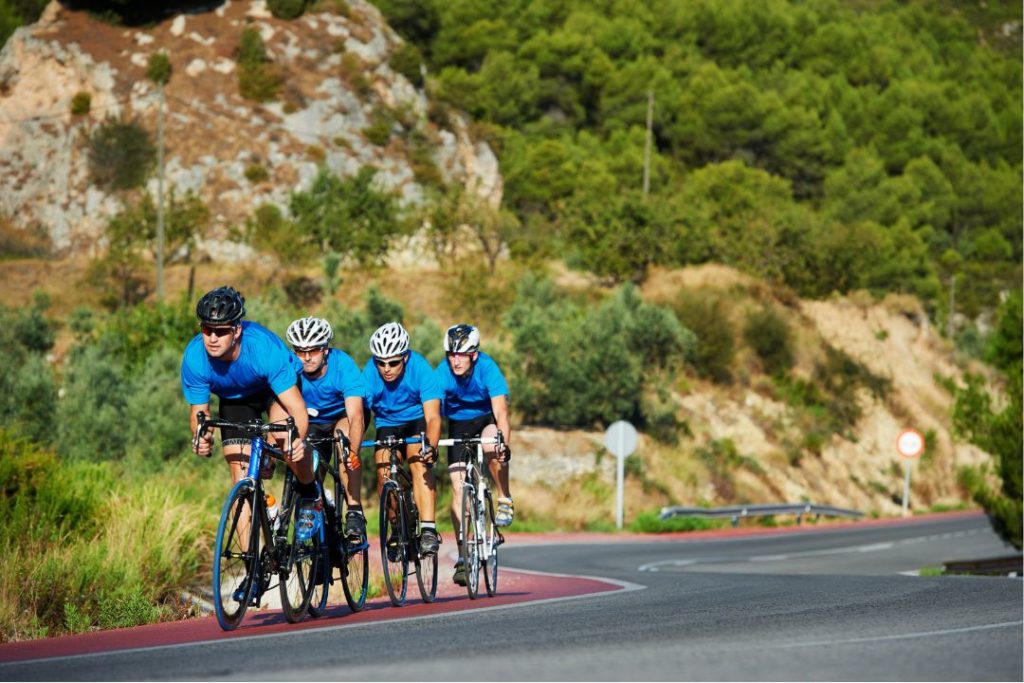
The team: A vital piece for the peloton’s aerodynamics
Moreover, we must not forget the formations and team tactics. The “drafting” strategy, where cyclists line up behind a leader to take advantage of the reduced aerodynamic resistance created by them, is vital in long-distance events. The leader literally cuts through the air, creating a wake where the cyclists behind find a refuge from the onslaught of the wind.
This tactical component is not only a demonstration of physical skill but also of the collective intelligence of the team, where each member takes turns in the leader position, ensuring that each one can recover during the moments they are in the aerodynamic wake.
Equipment is an essential aspect
Aerodynamics also intertwines intrinsically with technology and innovation. Bicycles, helmets, suits, and even glasses are designed with a meticulous focus on minimising aerodynamic resistance. Through the use of wind tunnels and advanced software, the engineering teams behind the athletes seek to create equipment that is not only lightweight and durable but also offers the least possible obstacle to airflow.
Last, but certainly not least, aerodynamics affects the cyclist’s psychology. Knowing that you have the technique and equipment to efficiently challenge air resistance provides a crucial mental edge. Every descent and every sprint is executed with the confidence that the science of movement is being applied, maximising every effort made.
How should you train to benefit from aerodynamics?
Training on a cycling simulator, like BKOOL, has become an integral strategy for cyclists seeking not only to maintain their physical condition but also for those wanting to delve into understanding and applying aerodynamics in their practices. BKOOL, known for its realism and precision, allows cyclists to experiment with different aerodynamic variables in a controlled environment.
The platform offers varied virtual scenarios, allowing cyclists to navigate routes that present specific challenges. These challenges are such as steep slopes, fast descents, and flat stretches, where aerodynamics plays a vital role. Thus, cyclists can manipulate their position and technique on the simulator, observing in real-time how these adjustments impact their speed and endurance, without the uncontrollable variables presented outdoors.
It is crucial to emphasise that training on a simulator to optimise aerodynamics must go beyond simple experimentation with postures and techniques. Data analysis is a fundamental component to truly understand how each small adjustment affects overall performance.
BKOOL is the most complete cycling simulator on the market. Try it FREE for 30 days!
 Go to BKOOL
Go to BKOOL
